Octagon
Step cuts with octagonal facets are characterised by parallel facets arranged in a step shape. The most common variations of the step cut are the emerald cut and the asscher cut. Both cuts are characterised by oblique, four-sided facets that run parallel to the ridge of the gemstone. A characteristic feature of these cuts is the cut corners, as square corners are generally more prone to breakage.
The main advantage of the staircase cut is that it preserves the weight of the rough stone better than, for example, the brilliant cut and is also suitable for brittle gemstones. The emerald cut was developed specifically for emeralds, a gemstone known for its brittleness.
However, the step cut can also highlight inclusions and other imperfections in the stone. While step cuts cannot match the brilliance or fire of a brilliant cut, they do accentuate the purity of the gemstone and give it a more subtle and transparent appearance.
Showing 17–32 of 142 results
-
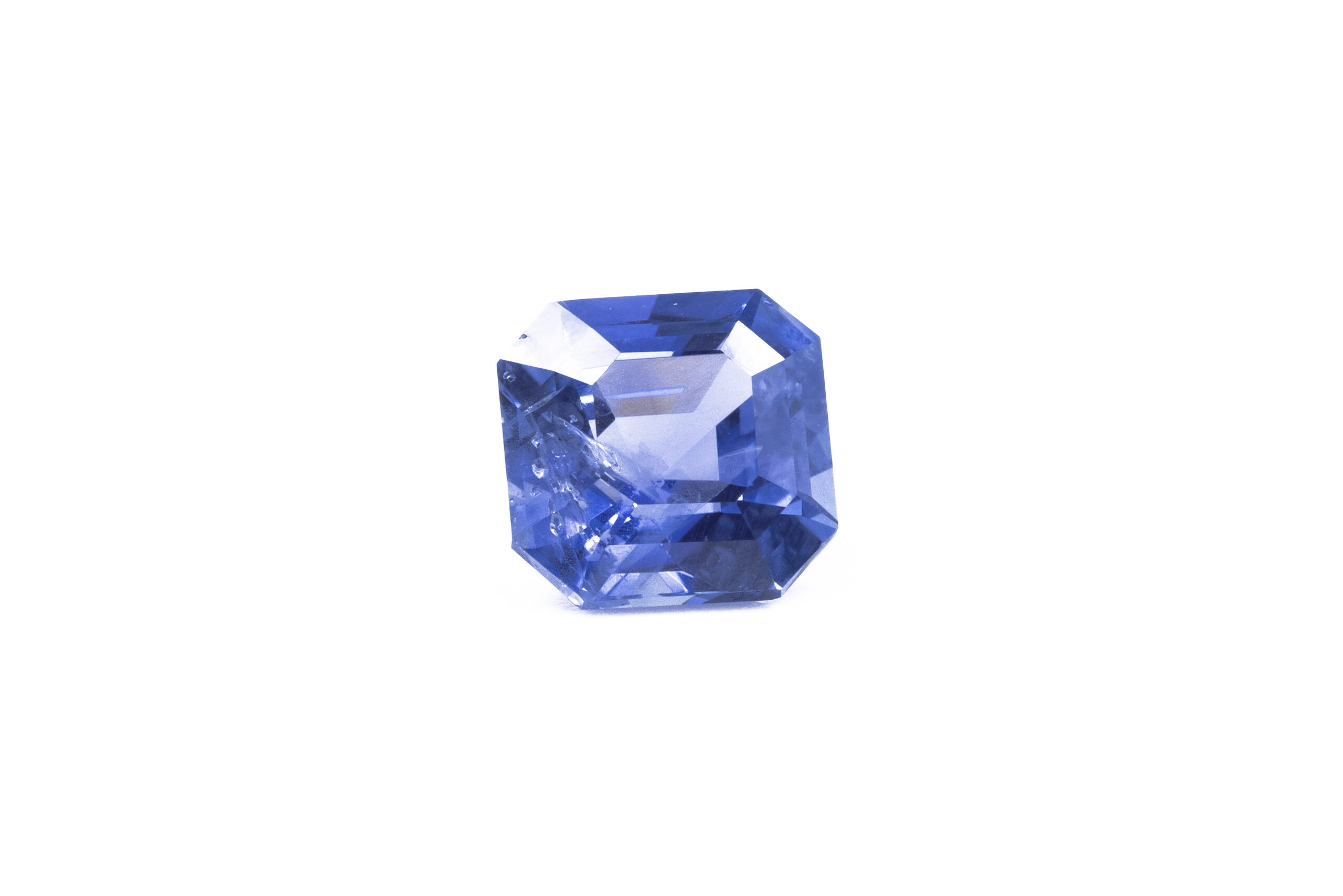
Blue Sapphire
€1,800.002,082 ct. | VI/DGLA -
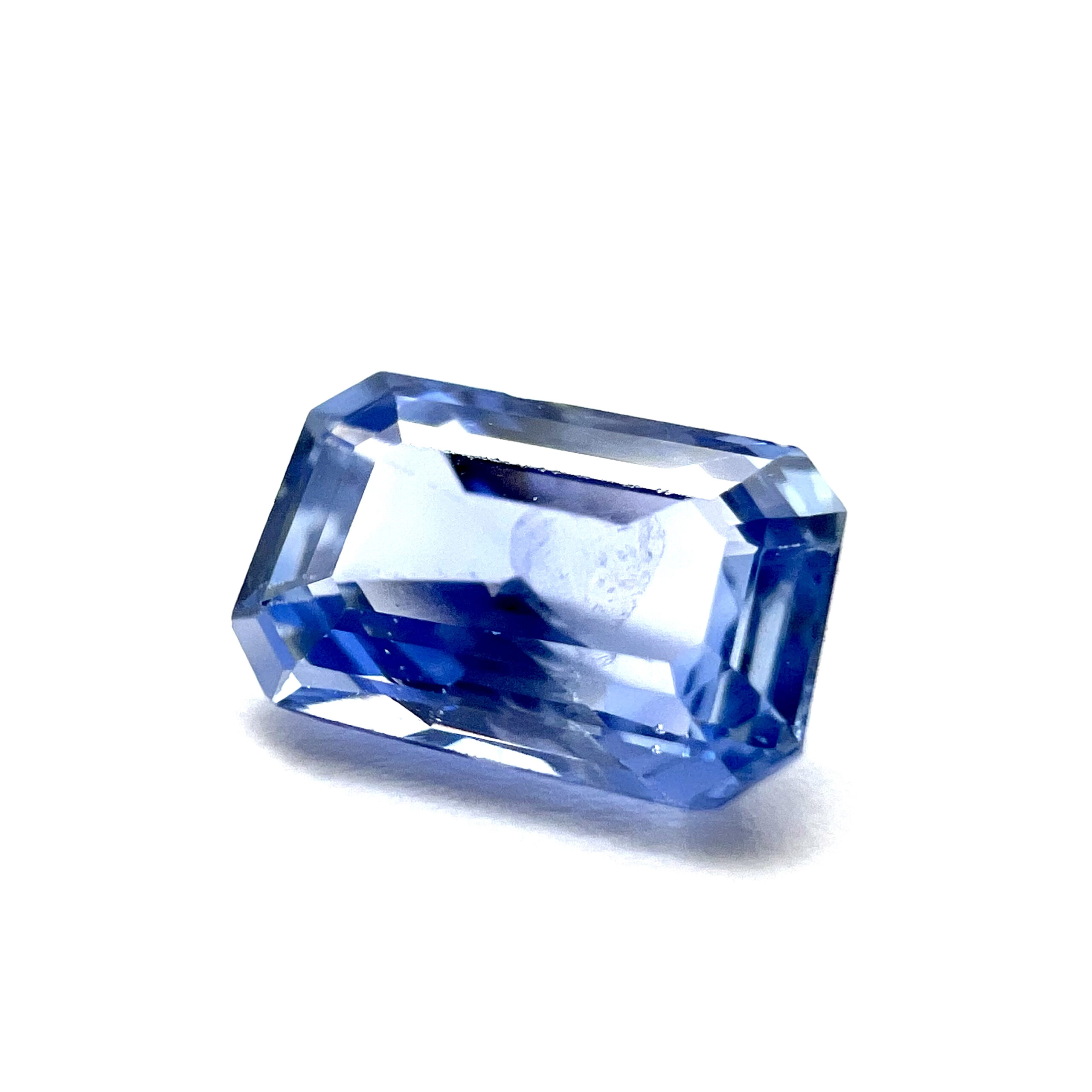
Blue Sapphire
€1,100.001,600 ct. | VI/CGLA -
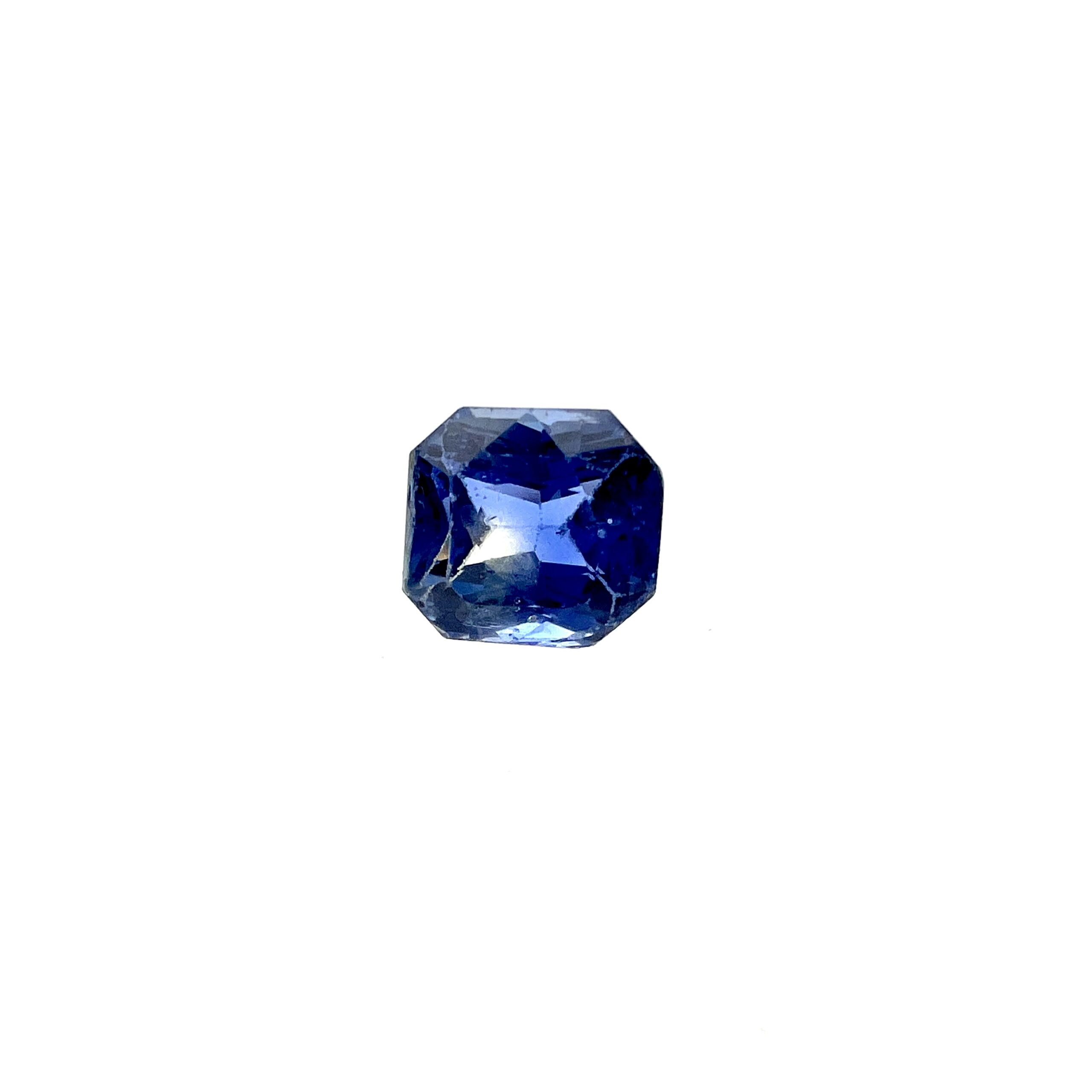
Blue Sapphire
€2,000.002,051 ct. | VI/DGLA -

Chrome Tourmaline
€500.001,846 ct. | IV/DGLA -

Chrome Tourmaline
€600.002,329 ct. | IV/DGLA -

Chrome Tourmaline
€800.002,902 ct. | IV/DGLA -

Chrome Tourmaline
€1,000.002,904 ct. | IV/CGLA -

Chrome Tourmaline
€1,700.005,26 ct. | IV/DGLA -

Chrome Tourmaline
€2,700.005,533 ct. | IV/CGLA -
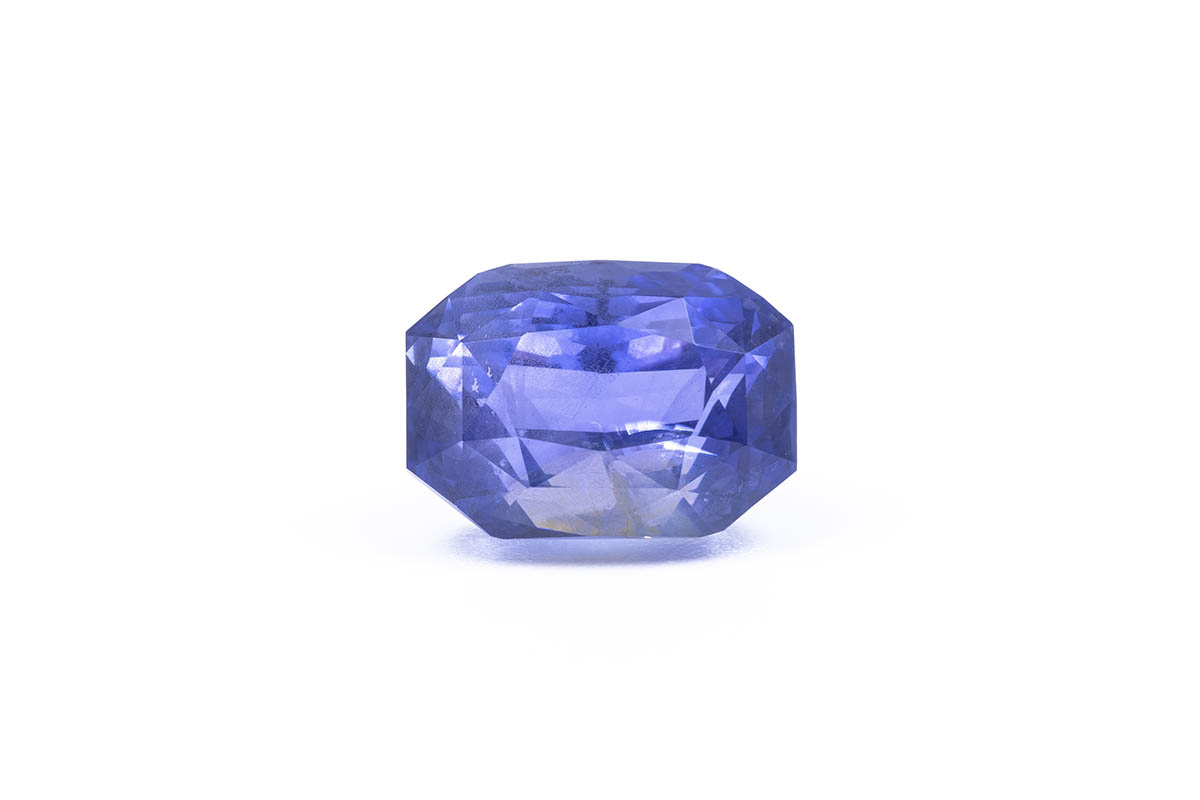
Colorchange Sapphire
€8,800.006,358 ct. | VI/DGLA -

Emerald
€Price on request8,989 ct. | III/CGLA SSEF GRS -

Emerald
€48,500.005,106 ct. | III/DGLA GÜB -
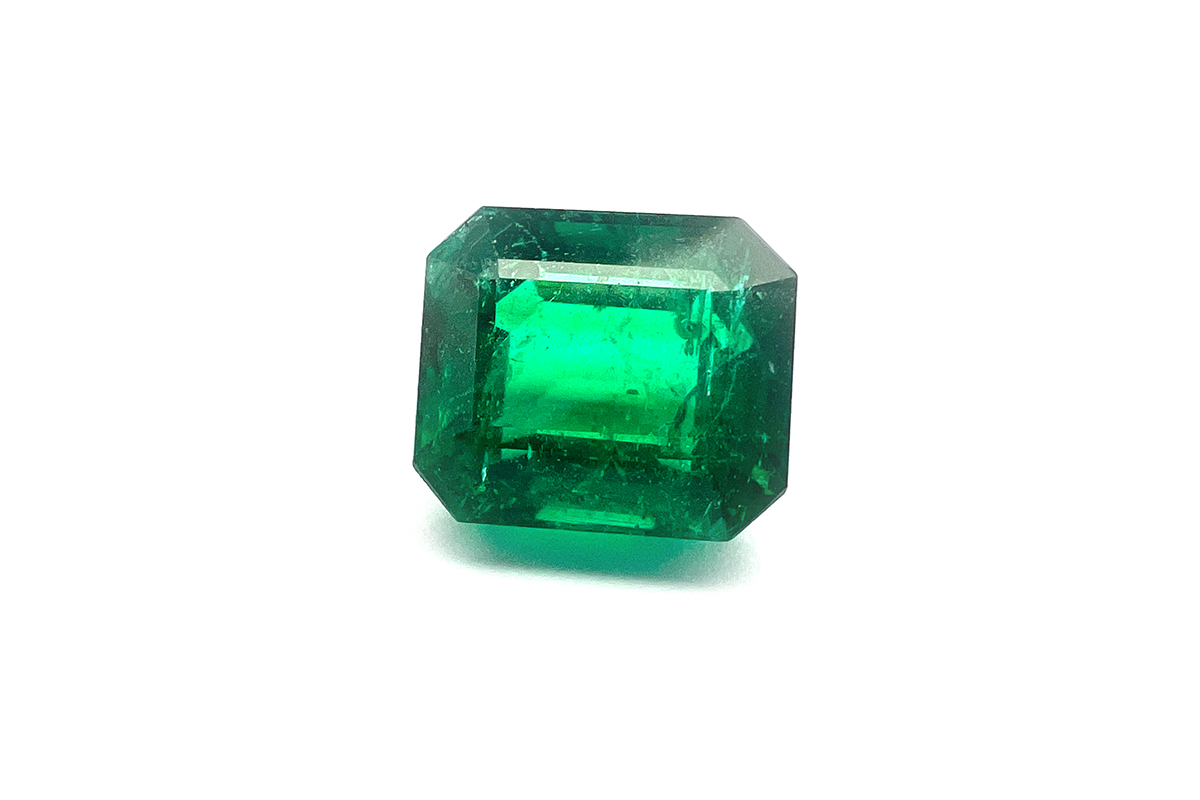
Emerald
€57,000.007,130 ct. | III/DGLA GÜB GII -

Emerald
€45,000.005,191 ct. | III/DGLA GÜB GII -

Emerald
€55,000.006,112 ct. | III/DGLA GÜB GII -
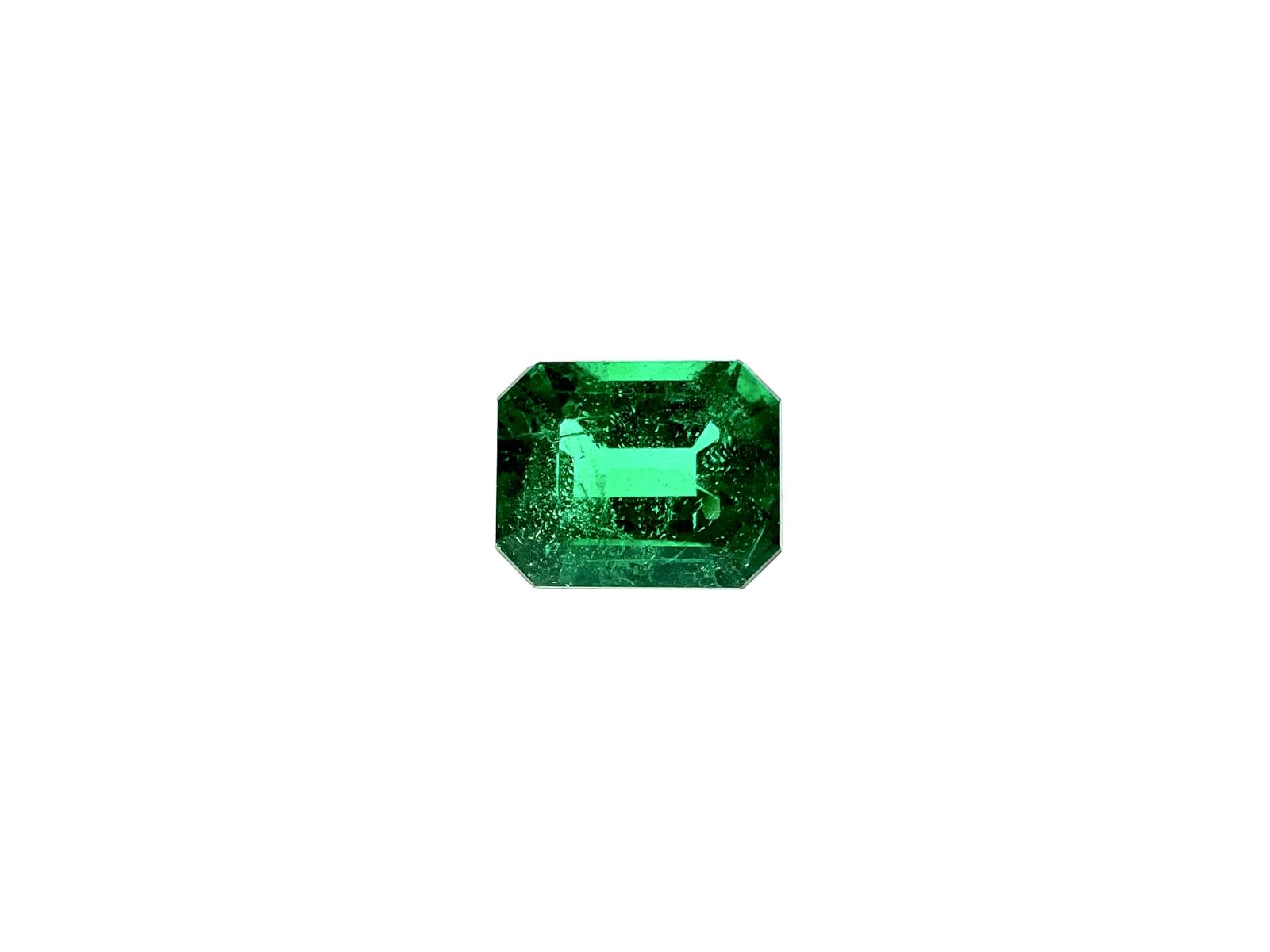
Emerald
€14,000.002,38 ct. | III/DGLA